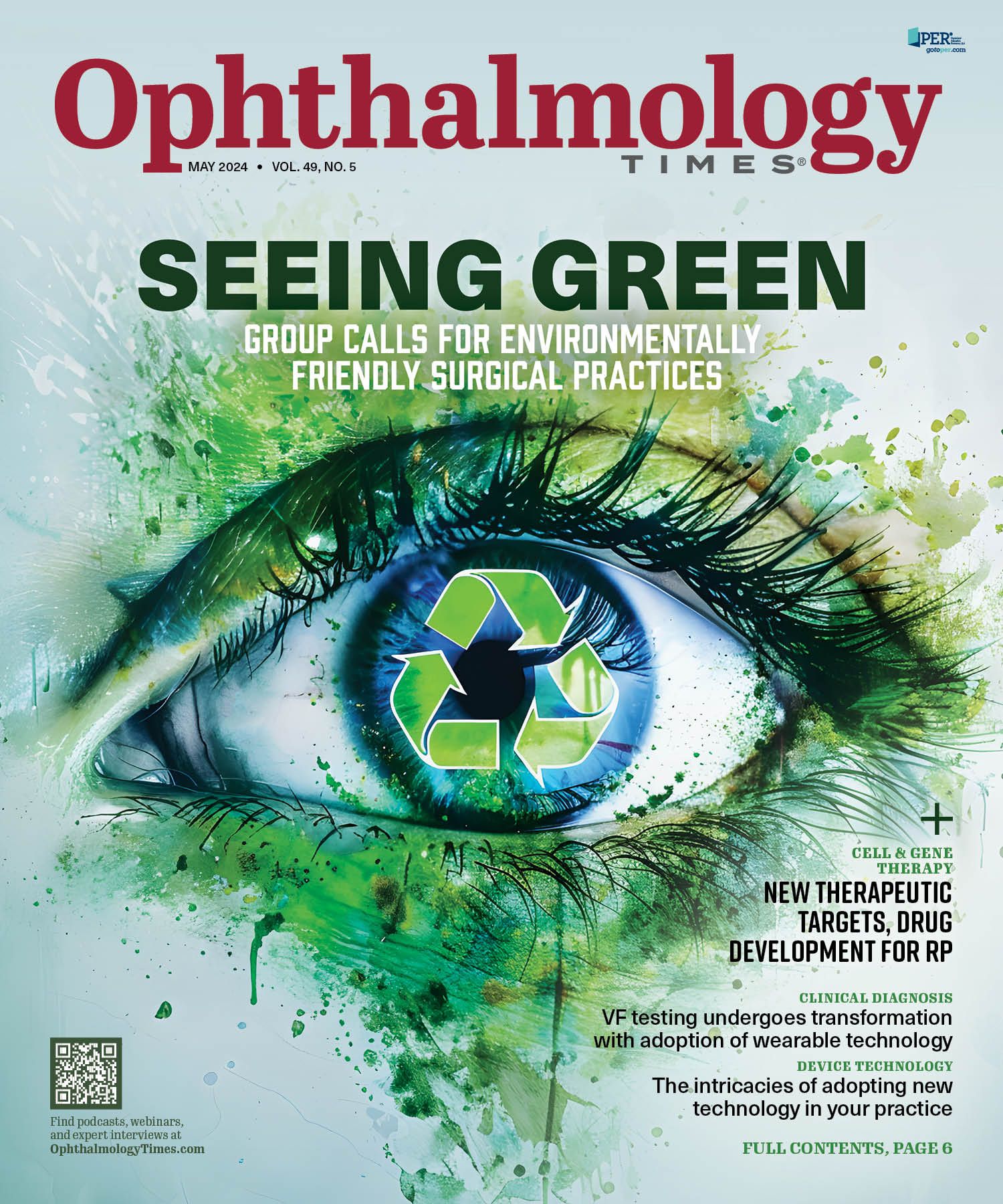Changing landscape of keratoconus management
Alternate methods of screening may lead to earlier diagnosis of disease.
(Image Credit: AdobeStock/Eyematrix)

Reviewed by Owen Clinger, BS; and Gaurav Prakash, MD, FRCS
Patients are currently diagnosed with keratoconus based on the results of pachymetry, topography, or tomography. Researchers from the University of Pittsburgh in Pennsylvania propose that corneal wavefront analysis may be more advantageous because of the capability of diagnosing keratoconus earlier than with the other methods.
“This may represent a paradigm shift in the diagnosis of the disease,” according to the authors of the study, Owen Clinger, BS; Vishal Jhanji, MD; and Gaurav Prakash, MD, from the Department of Ophthalmology, University of Pittsburgh, who described their study at the American Society of Cataract and Refractive Surgery Annual Meeting in Boston, Massachusetts.
They explained that keratoconus is a chronic, progressive disease that accelerates during the early teenage years. It can stabilize when patients are in their fifth and sixth decades of life based on age, race, ethnicity, and genetic history; however, by that time the damage is done. Earlier diagnosis is ideal.
When keratoconus has not manifested clinically, clinicians using corneal wavefront analysis can examine he corneal biomechanics. Family history, genetics, and age are also useful preclinically.
Study design
The investigators conducted a study in which they evaluated the normative range and distribution patterns for the anterior, posterior, and total corneal wavefronts in patients with keratoconus and compared a subgroup analysis with other tomographic parameters. The study found some interesting early results, and the investigators described what to look for during corneal wavefront analysis to pinpoint keratoconus sooner in the disease process. Early diagnosis, the authors explained, is possible because wavefront can break down irregular corneas into their constituent aberrations.
Retrospective case series
One eye each of 1014 cases with keratoconus was included in the study. The investigators extracted corneal wavefront and tomography data from the OCULUS Pentacam. Patients with poor-quality scans and those who underwent a previous surgery were excluded. A cross-sectional subgroup analysis was performed based on severity of the keratoconus cases to create baseline data for the corneal wavefront in keratoconus.
Wavefront revelations
The investigators found that the magnitude of the root mean square of the higher-order aberrations was correlated with the stage of keratoconus, especially in the 8-mm corneal zone. “The 8-mm corneal wavefront showed stronger progression of keratoconus with good predictive fits,” they noted. They also found that third-order aberrations were the most prominent among the higher-order aberrations in all stages of keratoconus.
Other relevant findings were that coma was the most prominent aberration with all degrees of severity of keratoconus in the 6- and 8-mm corneal zones and that spherical aberrations became more prominent than trefoil aberrations in stage 3 keratoconus in the 8-mm zone and stages 3 and 4 keratoconus in the 6-mm zone. “Our study provides a large normative database of aberrations seen in keratoconus,” the researchers concluded. “We also provide a reference range for corneal wavefront in keratoconus at the 6- and 8-mm zones.”



